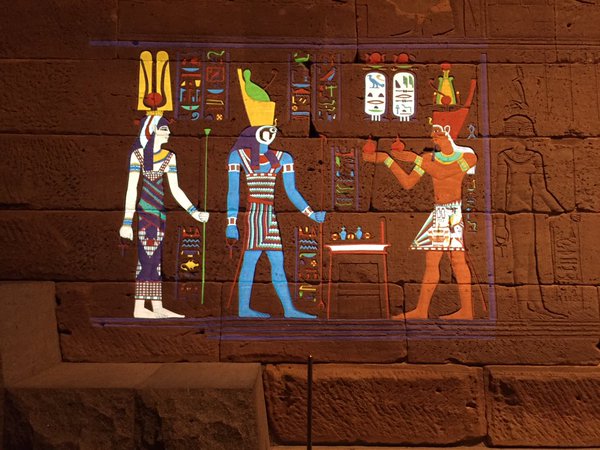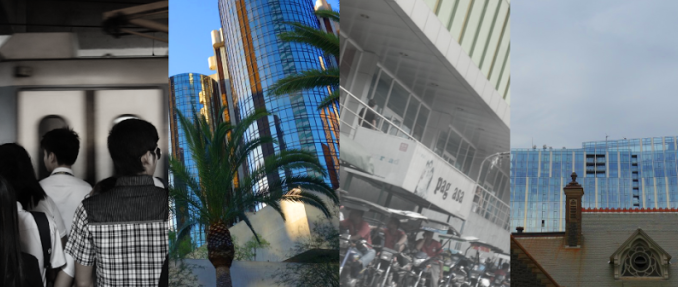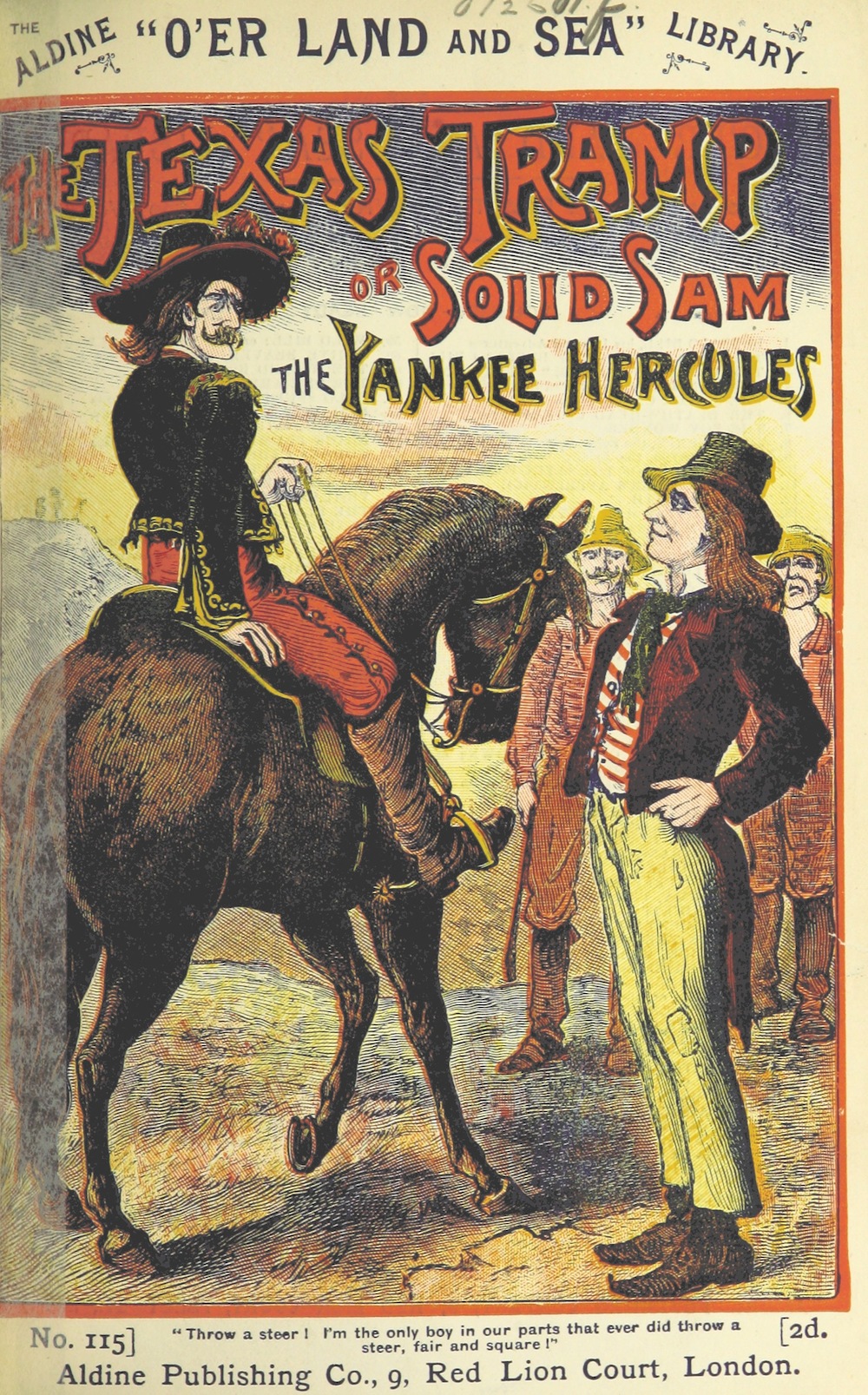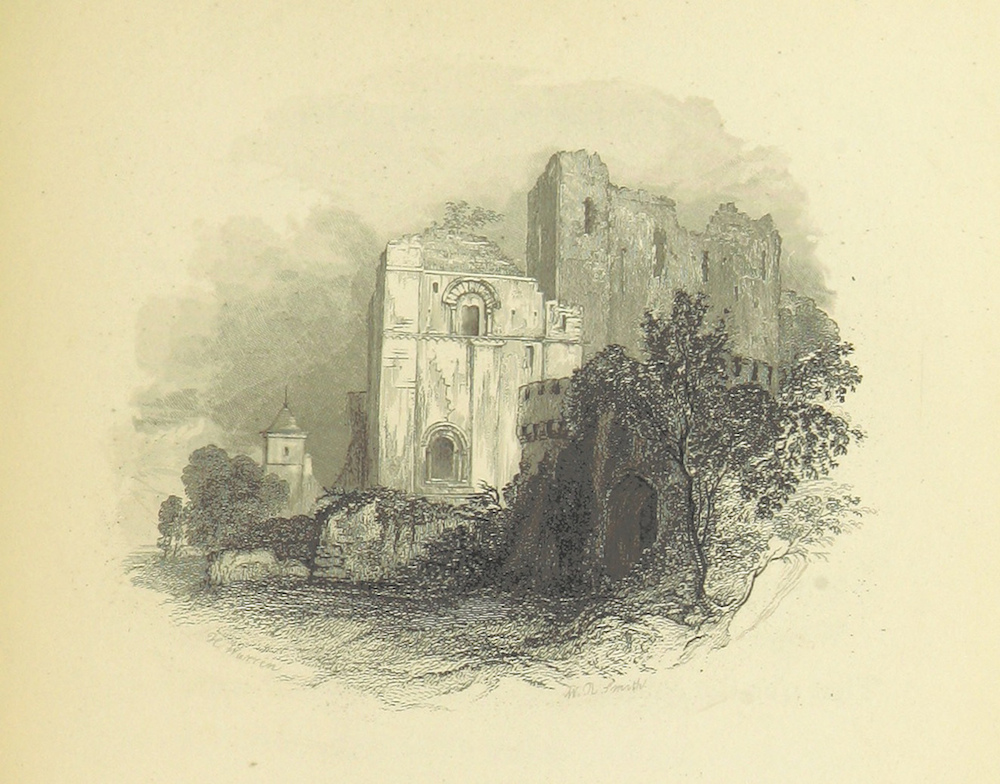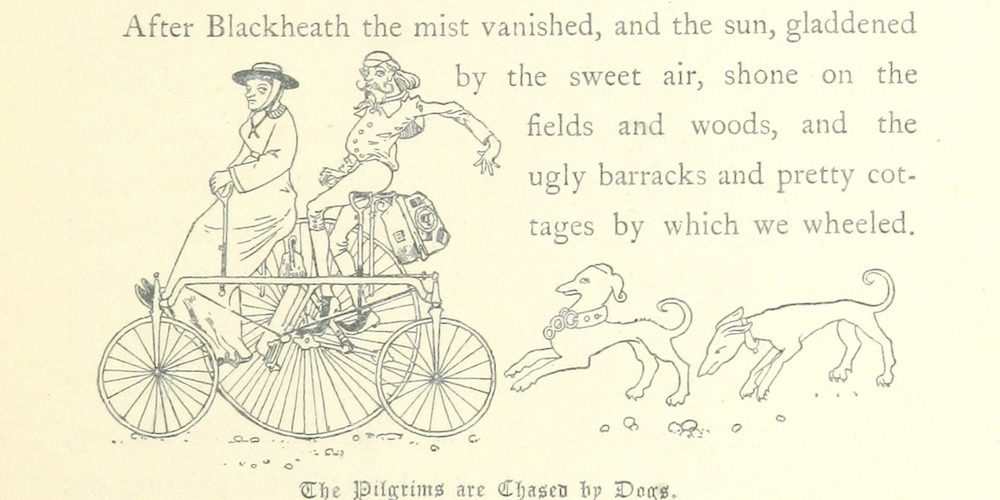At its best, architecture can show us a way out of the rigid, routinized thinking that keeps us pacing the same social and cultural mazes decade after decade. A radical redesign of the way we use space can herald a re-imagining of our interrelations, hierarchies, and political dynamics. Consider the inspiring work, for example, of visionary futurist Buckminster Fuller. (Or consider the very different career of recently departed Zaha Hadid, who “built the unbuildable,” writes one former student, and “defied gravity.”) At its worst, architecture imprisons us, literally and otherwise, mindlessly populating the built environment with drab, prefabricated boxes, and reproducing conditions of repression, poverty, and mediocrity. The way we build determines in great degree the way we live.
But the influence of an individual architect or school will always exceed the designers’ intentions. Perhaps the most famous of 20th century modern architecture and design movements, Walter Gropius’ Bauhaus school, contributed a vocabulary of simplified geometrical designs and primary color schemes that pushed European aesthetics out of a stifling traditionalism.
And yet, their modernist insistence on boxiness, on materials like steel, concrete, and glass, and on a near total lack of ornament, helped bring into being the strip mall and the office park. Likewise, the urban utopian architect Le Corbusier deliberately sought to engineer social improvement through building design, and also helped birth a depressingly bleak landscape of housing projects and “structures that reinforce deteriorating social effects.”
So what distinguishes good architecture from bad? And where did the postmodern mélange of styles that make up the typical urban environment come from? Ask 100 architects the first question, and you might get 100 different answers. But you can go a long way toward answering the second question by learning the history of the many great buildings that have directly or indirectly inspired millions of imitators worldwide. And you can do that for free at the Youtube channel ACB (Art and Culture Bureau), which features over 50 documentaries, writes Arch Daily, “devoted to the most significant achievements of architecture, its beginnings, and the latest creations of the great architects of today.”
Maybe begin with the Bauhaus film, at the top of the post, an almost thirty-minute history of the fascinating post-WWI movement, school, and building in Dessau, Germany. Be sure to also catch films on Paris’ Georges Pompidou Centre, the 17th century Tomb of Itimad-ud-Daulah (called the “baby Taj Mahal”), Le Corbusier’s Brutalist Convent of La Tourette, and Zaha Hadid’s Phaeno science center, among many, many more. All of the films are directed by Richard Copans and some of them have interviews with the architects themselves. See the full list of documentaries here.
These films will be added to our list of Free Documentaries, a subset of our collection 4,000+ Free Movies Online: Great Classics, Indies, Noir, Westerns, Documentaries & More.
via Arch Daily
Related Content:
The History of Western Architecture: From Ancient Greece to Rococo (A Free Online Course)
Josh Jones is a writer and musician based in Durham, NC. Follow him at @jdmagness
